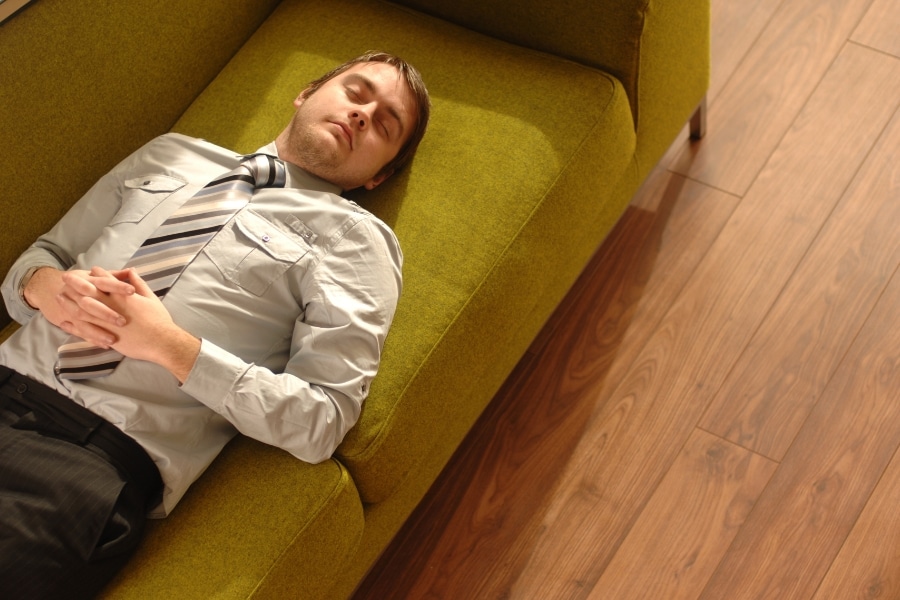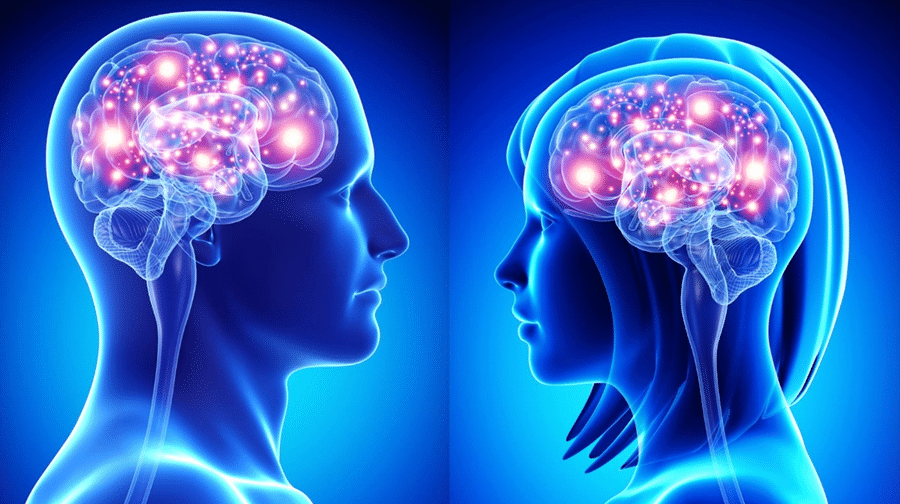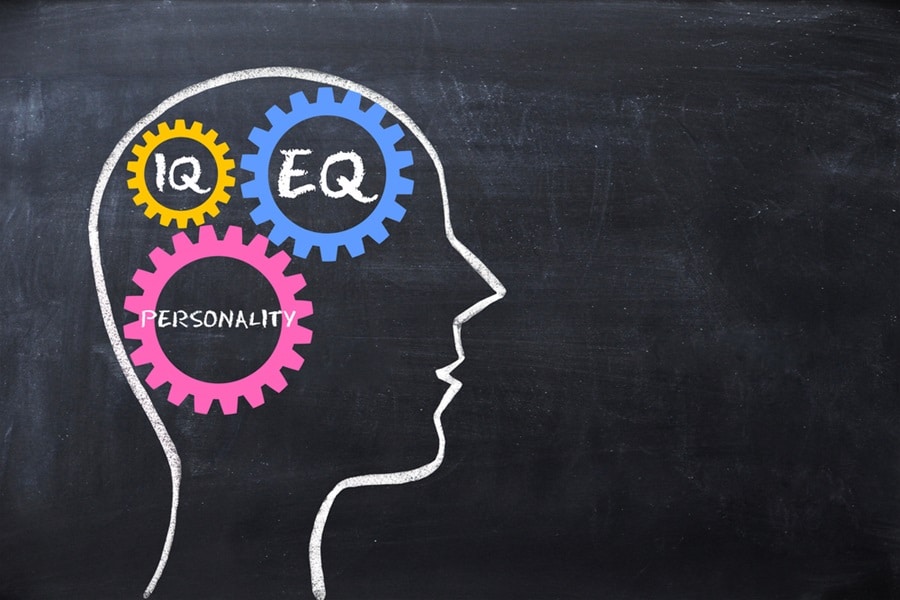If you experience migraines, they aren’t just typical headaches; you may also experience nausea, pounding pain, and sensitivity to sound and light. A person will do anything to make it go away when a migraine strikes. Migraines are debilitating and are usually characterized by intense pulsing or throbbing in one area of your head. More than a headache, migraines can affect your everyday life. According to research, migraine is the most common condition in the world.
There are two kinds of drugs used to treat migraines:
- Acute medicines for migraine pain and other symptoms
- Preventive medicine to reduce the severity and frequency of migraines
For severe migraines, it requires treatment with prescription or over-the-counter (OTC) medication. Consult or talk to your doctor about a treatment plan that best suits you.
So, there are many top treatments like natural remedies, drugs, and exercises to treat migraines. These treatments may help prevent migraines or at least help reduce their severity.
Contents
Diagnosis

A doctor or a neurologist will possibly diagnose migraines if you have a family history of migraines, symptoms, a physical and neurological analysis, or based on your medical history.
If your condition becomes severe or unusual and complicated, then tests to rule out other causes for your pain might include:
- CT scan: A CT scan uses X-rays to create detailed cross-sectional images of the brain. It helps doctors diagnose strokes, tumors, infections, bleeding in the brain, and other neurological or brain conditions.
- MRI: An MRI scan uses radio waves, a strong magnetic field, to produce detailed images of the blood vessels and brain. MRI scans help doctors diagnose strokes, tumors, infections, bleeding in the brain, and other neurological or brain conditions.
Drugs

Drugs are taken at the start of migraine symptoms or qualities to reduce their severity or relieve headaches. If you take any of these medications or drugs too often, it can lead to a rebound headache, requiring additional medicines.
If you need to use migraine drugs more often per month, consult your doctor about possible preventive treatments.
Painkillers

Some OTC painkillers are commonly used for migraines, but many are only available on prescription.
An analgesic that only relieves pain, aside from acetaminophen. These drugs are NSAIDs, i.e., nonsteroidal anti-inflammatory drugs, which reduce inflammation and relieve pain:
- diclofenac (Cataflam)
- aspirin
- ibuprofen (Advil, Motrin)
- acetaminophen (Excedrin, Tylenol)
- ketorolac (Toradol)
- naproxen (Aleve)
Many OTC drugs are explicitly produced for headaches or migraines and, in general, mixed one or more of the medicines above with a small amount of caffeine, making them work more effectively and quickly, especially for mild migraine headaches.
Possible side effects of long-term drugs used include:
- stroke
- heart attack
- stomach ulcers
- kidney damage
Natural Remedies For Migraines:
Acupressure

Acupressure therapy may help relieve migraine symptoms. It involves the use of pressure on specific parts of the body. In this way, it stimulates particular points of the body to alleviate pain and release muscle tension. In the space between the left thumb and pointer finger base, one popular pressure point is the LI-4 point.
Using the opposite hand for 4 to 5 minutes, applying firm circular pressure to the LI-4 point may relieve migraine pain.
A study looked at several people who had migraines without pre-symptoms. Pressure on the PC6 acupoint is located three fingers up from the wrist’s base on the arm’s inside. It is useful in relieving nausea during migraine headaches.
Diet changes
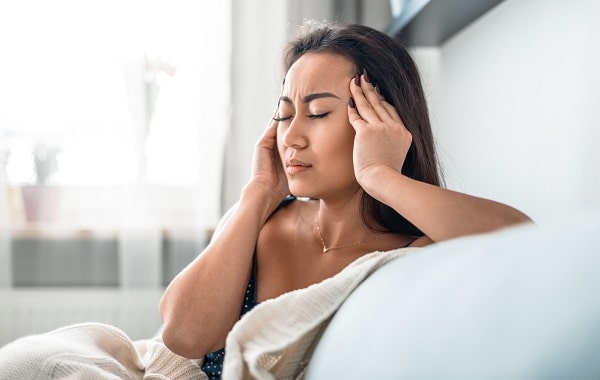
Finding out what might be triggering a migraine is difficult. Many people who get migraines should notice specific foods that can start them.
Typical food triggers migraines include:
- processed foods
- chocolate
- alcohol
- red wine
- caffeinated beverages
Some people use a migraine journal or food diary to keep track of some possible triggers. Changing diet or eating schedules to avoid triggers may help to stop migraines.
Essential Oils

Some essential oils are often said to be used as natural remedies for reducing migraine pains. Lavender is a crucial oil usually recommended as a remedy for stress, headaches, and anxiety. A study published in Neurology found that inhalation of lavender oil helped reduce migraine complexity in some people. Inhaling lavender oil may relieve migraine pain. According to research, during a migraine attack, people who inhaled lavender oil for several minutes encountered faster relief. Lavender oil may be applied diluted to the temples or inhaled directly. The results are reassuring, but further research is needed.
Ginger

A study using several participants examined the effectiveness of ginger powder with a typical migraine drug, sumatriptan. The researchers found that ginger’s effectiveness was comparable to sumatriptan, and users were willing to proceed with either treatment. Using ginger cannot hurt, which is one definite benefit for people who get migraines, and there are no side effects to using it, aside from an existing allergy.
Stress Management

For migraines, stress is a common cause. It can also create a series where migraine pain worsens the pressure, which then causes another migraine. Finding a cure for anxiety, such as meditation, journaling, exercise, yoga, etc., may help prevent migraines in the future.
People can also join a stress management class. They may choose to listen to calm music during a warm bath to relieve the stress they experience. A person decides to control their body’s reaction by doing these positive actions to avoid stress in their life.
Yoga or Exercise

Yoga is believed to help reduce muscle tension and improve blood flow, helping relieve symptoms for people who get migraines.
A 2014 study examined conventional migraine treatment with and without including regular yoga practice. It found that the group who participated in a yoga program had more excellent relief than the group who joined in traditional treatment alone.
Acupuncture

An extensive systematic review looked at research that assessed acupuncture’s effectiveness in treating migraines and other conditions. The study found that acupuncture is a practical and effective treatment for people with migraine headaches. However, other factors might also be working apart. People should make sure to find a licensed practitioner for treatment who are interested in using acupuncture for migraines.
Massage
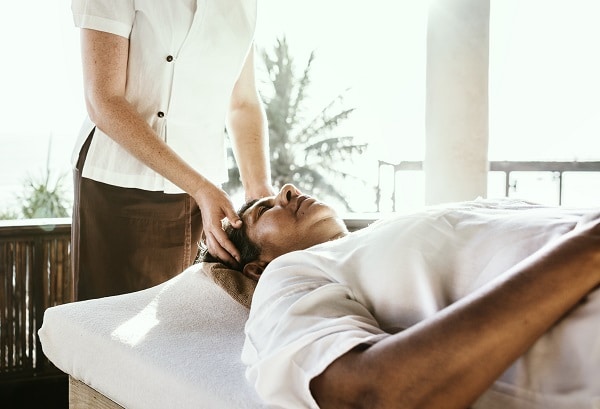
Massaging the muscles in the shoulders and neck can help to alleviate migraine pain and relieve tension. Massage reduces anxiety and stress. For a massage, people can choose to use a professional masseuse.
Regular Exercise

Regular aerobic exercise can help prevent migraines and reduce tension. Choose an aerobic activity for yourself, such as cycling, swimming, or walking, if your doctor agrees. Warm up slowly because sudden, intense exercise can cause headaches. Regular exercise can also help you maintain a healthy body weight and lose weight because obesity might be a factor in migraines.
Tame Screen Glare

When you regularly deal with migraines, blue light is usually the hardest to handle. The color that glows from your smartphone and computer is called blue light. So when you feel a migraine, keep these electronic devices away and try to relax.
Final Thoughts:
People need to consult with a doctor or a neurologist to find a treatment regimen that suits them, even while trying natural remedies.
Keeping a headache or migraine journal can be a useful ineffective remedy and identifying triggers for migraines. Try the above treatments and find some relief. It might also be helpful to consult and talk to others who are also going through migraines.
